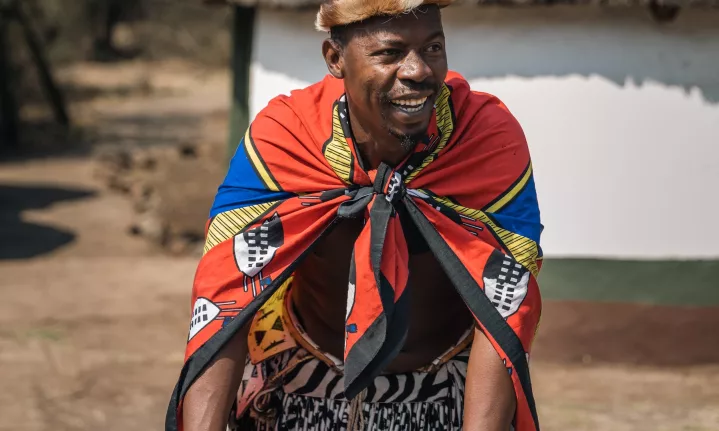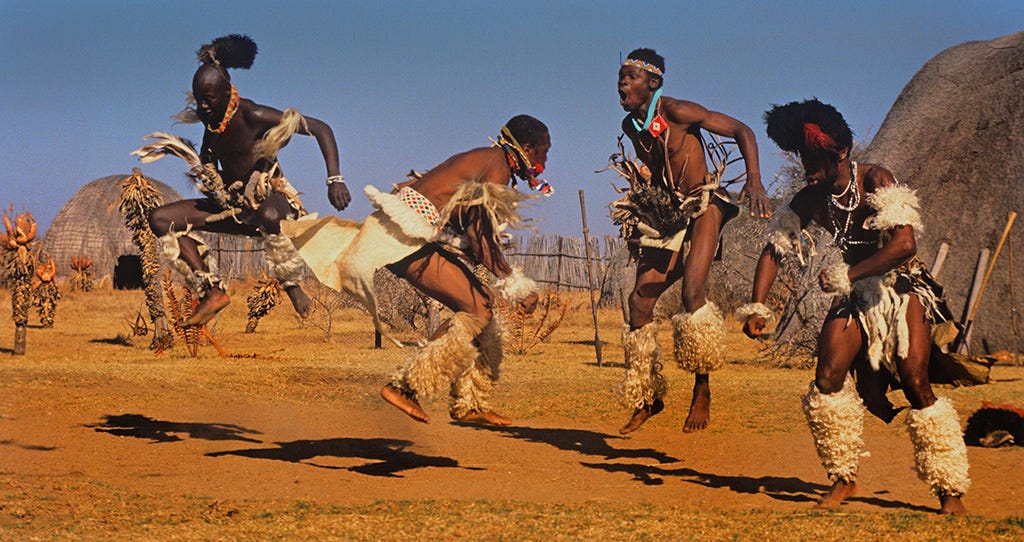All about South African Culture Today
Table of ContentsThings about South African Culture TodaySome Known Facts About South African Culture Today.Little Known Facts About South African Culture Today.South African Culture Today for BeginnersSouth African Culture Today for BeginnersAbout South African Culture Today

The and sheep in addition to of people with guards and spears, in their paints. However, hunter-gatherers can not live completely together with a worked out community and thus troubles emerged. When the San fought versus the BaNtu, they went to a substantial drawback not just in numbers however also in absence of tools.
The Europeans owned steeds and guns. In this period, the variety of San was considerably reduced. South African culture today. They battled to the death and preferred fatality to capture where they.Colonialism destroyed the San migratory means of life, they were no more permitted to wander freely and prize hunters damaged the huge herds of game that created their principal supply of food

Particular individuals may presume management in specific spheres in which they stand out, such as hunting or recovery routines, yet they can not achieve settings of basic impact or power. White homesteaders located this very complicated when they tried to. Management amongst the San is maintained for those that have actually lived within that team for a long period of time, who have achieved a reputable age, and great personality.
Land is generally possessed by a team, and civil liberties to land are usually inherited bilaterally. Kinship bonds offer the. Membership in a group is identified by residency. As long as an individual resides on the land of his team he keeps his subscription. It is feasible to search ashore not had by the group, but consent should be acquired from the owners.
Getting My South African Culture Today To Work
They do a reasonable amount of capturing, the finest approach of hunting is with bow and arrowhead. The San arrow does not eliminate the animal quickly. It is the harmful toxin, which eventually triggers the fatality. When it comes to tiny antelope such as Duiker or Steenbok, a couple of hours might elapse prior to death.
The meat is boiled or baked on a fire. and every component of the animal is utilized. The hides are tanned for blankets and the bones are split for the marrow. Water is hard to find by, as the San are regularly on the move. Usually during the dry season, these travelers collect their dampness by scratching and pressing roots.
They also carry water in an ostrich eggshell. A caterpillar, reddish yellow in colour and regarding three-quarters of an inch long, called ka or ngwa is additionally made use of. until it appears like red currant jelly. It is then enabled to cool down and prepared to be smeared on the arrowheads. The toxin is highly toxic and is greatly feared by the San themselves; the arrowhead factors are as a result reversed to make sure that the poison is securely had within the reed collar.
The poison is neuro toxic and does not pollute the whole pet. The San also dug pitfalls near the larger rivers where the game came to consume alcohol.
South African Culture Today - Truths
These challenges were intelligently covered with branches, which caused the animals walking over the pit and dropping onto the risk. When capturing little animals such as hares, guinea fowls, Steenbok or Duiker, or fiber from plants were used. These had a running noose that suffocated the pet when it entered the entrapment to accumulate the food that had actually her comment is here been placed inside it.
Aardvark openings are made use of by tiny buck as a resting location to get away the lunchtime sun. The hunter waited patiently behind the opening until the animal left. When this happened, it was be firmly pinned and hit on the head with a Kerrie (club). The and understand the habits of their target.
The Best Guide To South African Culture Today
If the ground is bare and open, he will creep on his belly, often holding a little bush in front of him. Hunters bring a skin bag slung around one shoulder, consisting of personal possessions, poison, medicine, flywhisks and added arrowheads. They might likewise carry a club to toss at and stun small game, a long probing adhere to essence hares from their burrows or an adhere to dig out Aardvark or Warthog.
According to San tradition, they were welcome to share the meal and would, in the future, need to respond similarly. Nevertheless, plant foods, gathered by the womenfolk, are not shared however eaten by the woman's instant family members. The San utilize over 100 edible types of plant.
Children stay at home to be supervised by those staying in camp, but nursing children are continued these event trips, contributing to the lots the females must lug. Until just recently, most amateur and professional anthropologists checked out read what he said a rock paint of the San and thought that they might decipher it without any troubles.
Women sometimes aid in the quest and the males in some cases help collect plant foods. When shaman (medicine males) painted an Eland, they did not just pay regard to a sacred pet; they likewise used its essence (N!um). By putting paint to rock, they would have the ability to. San rock paintings are discovered in rough areas of the KwaZulu-Natal, Eastern Cape and the Western Cape districts (South African culture today).
The 10-Second Trick For South African Culture Today
Blue and green were never used. Red was stemmed from haematite (red ochre), and yellow from limonite (yellow ochre). Manganese oxide and charcoal were made use of for black; white, which does not preserve well, was possibly acquired from bird droppings or kaolin. The blood of an Eland, a pet of excellent religious and symbolic relevance, was often combined into the colour pigments.
Human numbers are stylized and depicted as having long strides and the animals are either galloping or jumping, or, more subtly, flicking a tail or turning a neck. The majority of the paintings have an underlying spiritual theme and are thought to have been depictions of spiritual ceremonies and rituals. The San idea system generally observes the preeminence of one powerful god, while at the same time recognizing the existence of minimal gods in addition to their partners and children.
Among some San, it is thought that working the dirt contrasts the world order established by the god. The most crucial spiritual being to the southerly San was/ Kaggen, the trickster-deity. He produced many points, and shows up in countless myths where he can be foolish or sensible, tedious or helpful.

Nevertheless,/ Kaggen is not constantly a hoping mantis, as the mantis is only one of his symptoms. He can also become an Eland, a hare, a snake or a vulture - he can presume lots of kinds. When he is not in one of his animal types,/ Kaggen lives his life as an ordinary San.
Unknown Facts About South African Culture Today
when he eliminates his very first big antelope, preferably an Eland. Once captured, the Go Here Eland is skinned and the fat from the animal's throat and collarbone is made into a brew. In the ladies' the age of puberty rituals, a young woman is isolated in her hut at her initial menstrual cycle. The ladies of the tribe perform the Eland Bull Dancing where they mimic the mating behaviour of the Eland cows.
Comments on “The 25-Second Trick For South African Culture Today”